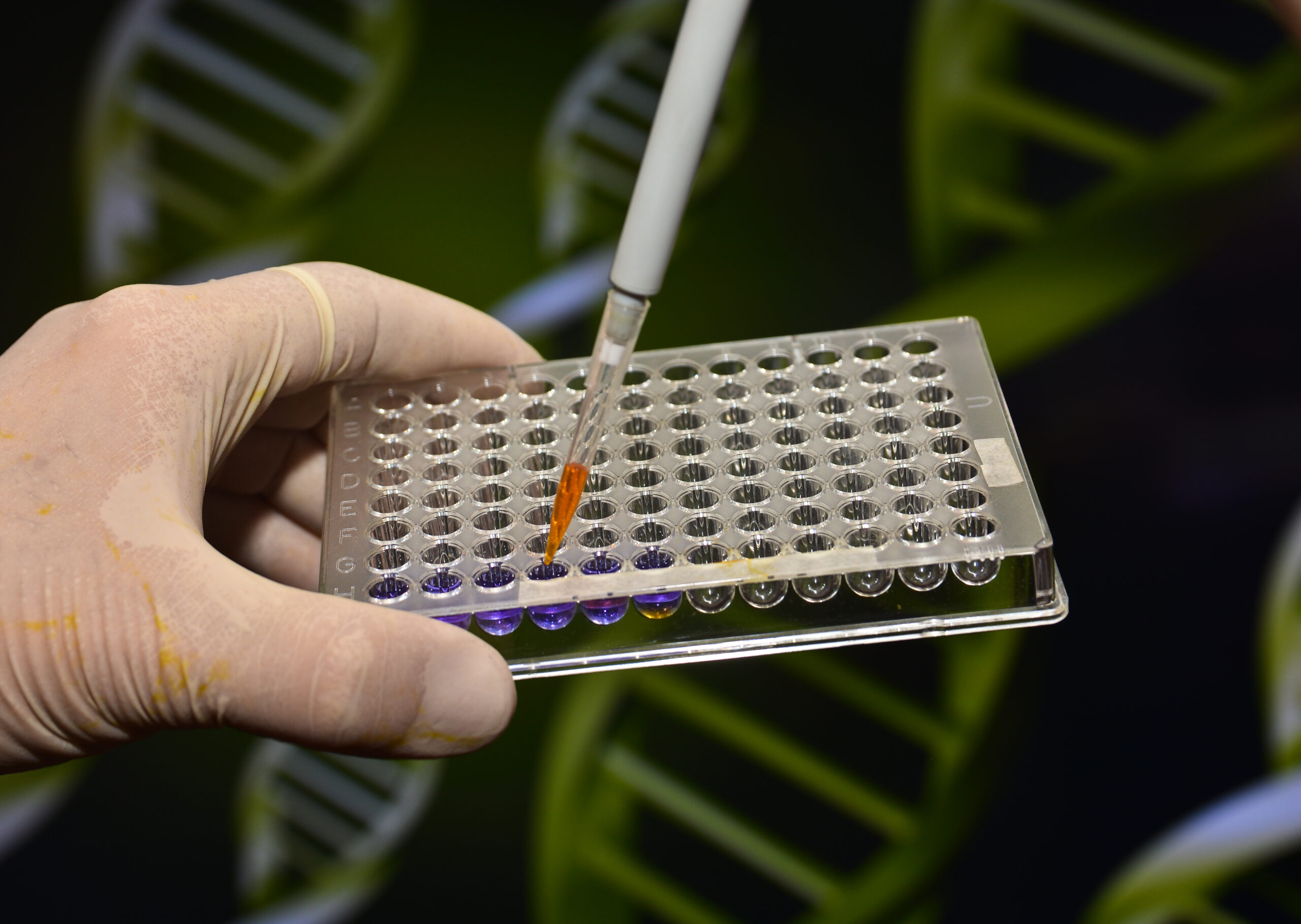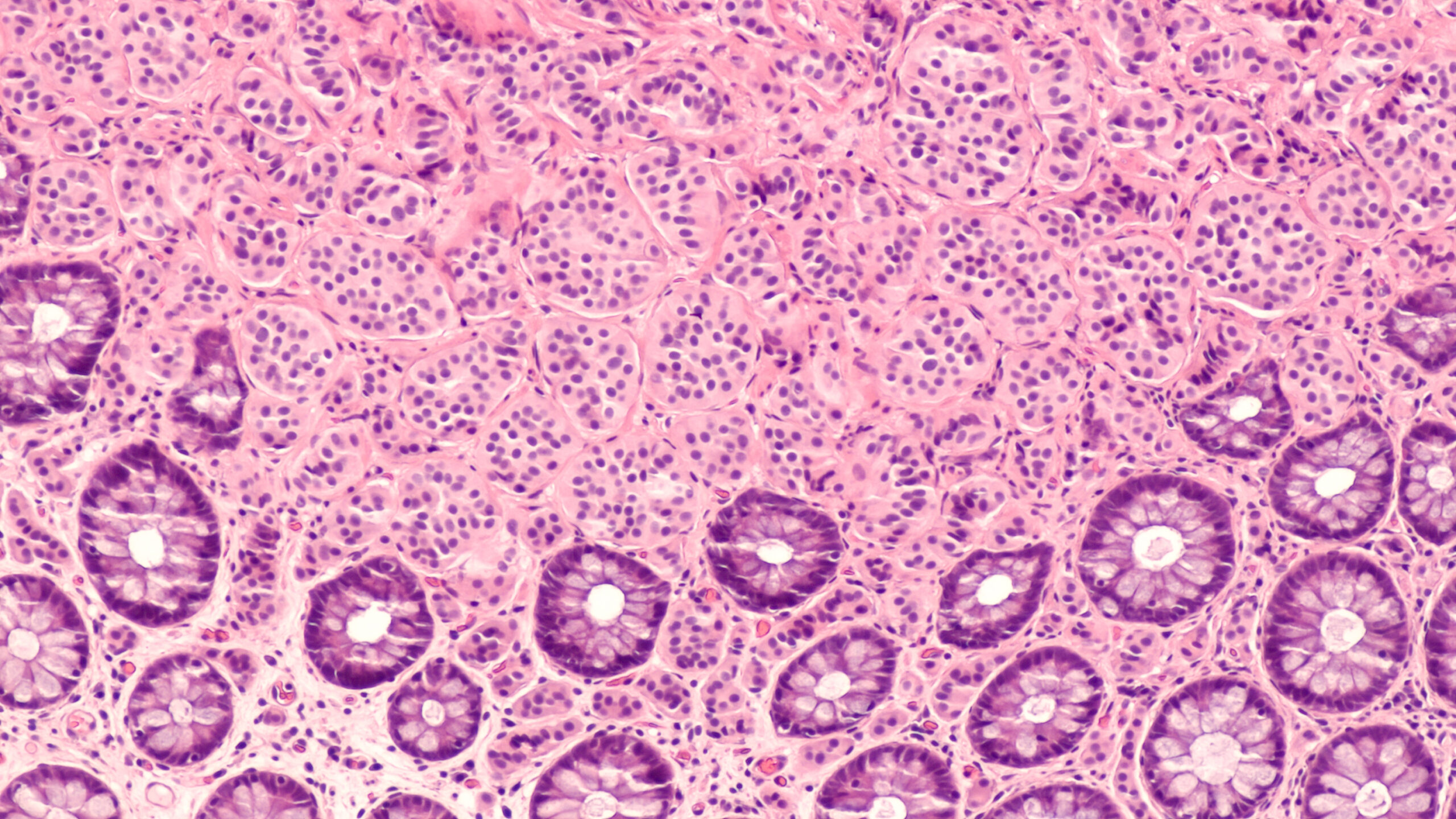dPCR Market Trends and Predictions for Future Development

dPCR has numerous advantages over conventional PCR approaches, including high sensitivity, precision, and specificity.
Having become a fundamental part of genetic analysis in biological research, dPCR is one of the most sensitive molecular methods for analysing nucleic acids.
It plays a key role in a variety of applications across the life science industry, including cancer detection and analysis and the development of cell and gene therapies.
The global dPCR market accounted for USD $450m in 2022, and predictions for the next ten years put it at USD $1.8bn by 2032.
Stratified by end users, the largest share of the market is held by research organisations and academic institutes.
A few significant factors are estimated to boost market growth in the next few years, including a rise in acquisitions and the growing adoption of digital devices by laboratories for infectious diseases, genetic disorders, and cancers.
Following recent trends, the global dPCR market is projected to rise significantly in the future on account of a rising incorporation of personalised medicine into treatment approaches, particularly with continued investment in the treatment of rare diseases.
Continued technological advancement will also most likely accelerate market growth during the forecast period.
Trends in dPCR and PCR Technology
The increase in prevalence of several malignancies – such as blood cancer, lung cancer, and brain tumours – is a major driving factor responsible for the growth of the dPCR market.
One key selling point for dPCR over conventional PCR technology is its greater precision, in tandem with a low error rate.
At present, the majority of marketing opportunities for dPCR are associated with an increased demand for personalised medicines.
- Exploring the applications of microfluidic droplet-based PCR
- qPCR versus dPCR: which approach is best for which use case?
- In conversation with Ed Schuuring about the future of ddPCR
In the next decade, the North American market for dPCR is expected to grow more rapidly than the respective European market on account of a greater morbidity of rare diseases that benefit from sensitive detection methods.
While there is a high amount of enthusiasm around the current dPCR market, its growth rate may be constrained by the high cost of technology and limitations in initial implementation.
Extensive usage guidelines which vary by healthcare authority can also be an obstacle to update.
Still, there is ample room for growth and expansion within the field – for those looking to make an investment in dPCR technologies, now is probably a good time.
Get your weekly dose of industry news and announcements here, or head over to our Omics portal to catch up with the latest advances in spatial analysis and next-gen sequencing.







